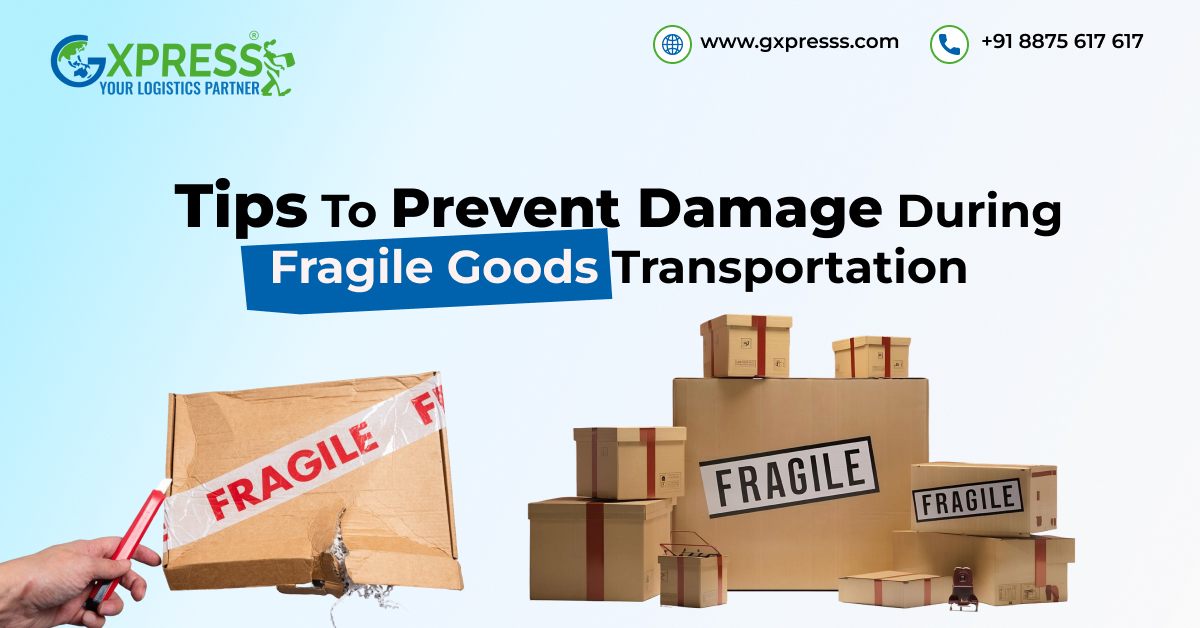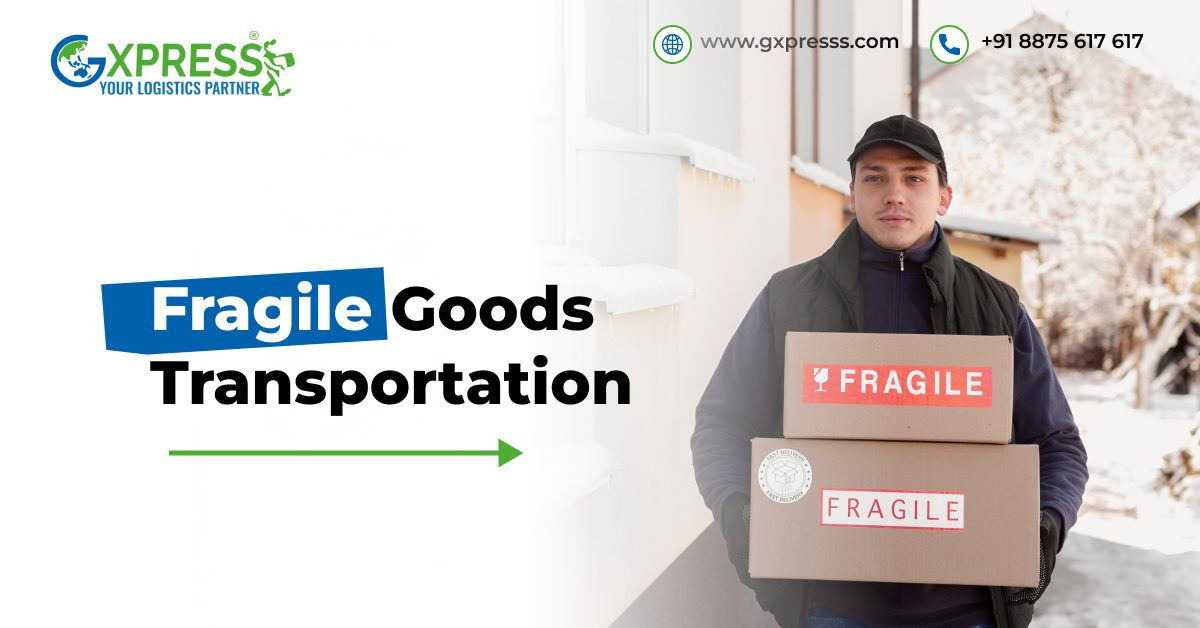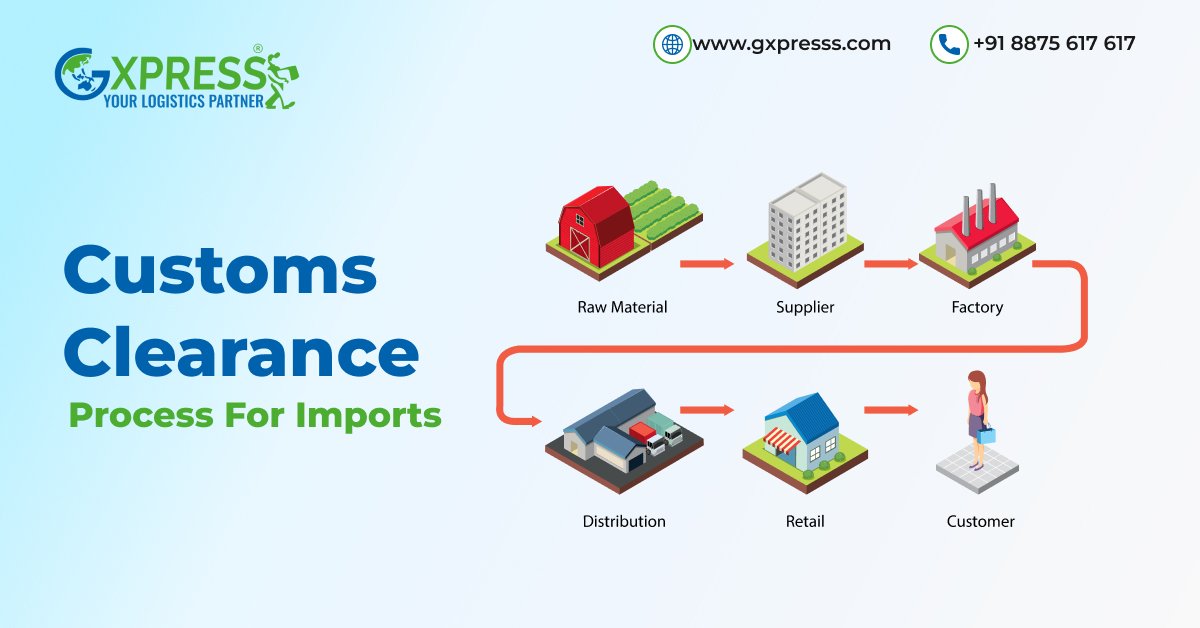June 20, 2025Freight8 min readBy Admin
Tips to Prevent Damage During Fragile Goods Transportation

Yes, everyone knows how much of a pain Fragile Goods transportation is. Though the task pays well, it’s such a hassle that it’s almost not worth it. Or maybe you just need to know the right way to do it.
Have you ever broken a dish at home accidentally? It hurts to see a plate break, but cleaning it up is a lot of work. Now, think how a buyer feels when they buy a costly, breakable thing, but it shows up all smashed.
If you send out broken shipments like that, you will lose all your buyers. So, what should you do? Learn about the right packing items, shipping methods, and the best delivery partners in this blog.

Why Fragile Goods Transportation Needs to be Handled With Care?
Picture this: a customer buys a fancy glass nightlight. You've boxed it, sent it, and they can't wait to see it. But all they get is a box full of broken glass. Glass goods break easily, not just from hits, but also from shakes, dampness, and even changes in heat. When these items break in the mail, you can lose the trust of your customers. They won’t spend more money on any of your new items anymore, and you’ll get bad feedback. That's why being very careful at each step of transport matters so much.Items That Are Considered “Fragile Goods”
Fragile doesn’t only mean breakable glass. Here’s a quick list of items considered fragile:- Materials like glass or ceramics
- Tech gadgets
- Artworks like paintings or sculptures
- Antique goods and collectible items
- Mirrors and framed items
- Perishables that are sensitive to temperature or pressure
- Medical instruments
- Laboratory samples and equipment
Damage Prevention Tips For Fragile Goods Transportation
1. The Right Packing Materials Make All The Difference
Your choice of packaging can make or break the safe trip of a delicate item. Keep these tips in mind:- Use bubble wrap and air pads: They take all the hits and stop stuff from banging each other in the box.
- Use packing peanuts or foam bits: Great for filling empty spots and keeping things still.
- Use strong boxes with two walls: They are the best for heavy or easily breakable things.
- Parcel tape (Strong sticky tape): Make sure all sides are tightly shut.
2. Choose the Right Shipping Options
Between ocean and air freight logistics, air freight wins for being fast and reliable; the perfect combo for goods delivery. When it comes to Fragile Goods Transportation, Air freight is probably your best bet. Air freight goods stay safe in the aircraft with maximum security and minimal turbulence. Though it can be expensive, it is sure to deliver the fragile goods in the best conditions. Not all delivery options are created equal. When dealing with fragile goods:- Opt for Express Shipping: Less time in transit = fewer chances of damage.
- Choose Handling-Focused Services: Some providers offer “Fragile” or “White Glove” handling.
- Insist on Insurance: More on this later, but it’s worth its weight in peace of mind.

3. Seal and Label Packages Correctly
Once your package is ready:- Seal all flaps securely: Use the H-taping method for maximum strength.
- Label the package: Mark it as “FRAGILE”, “HANDLE WITH CARE”, “THIS SIDE UP", or even add arrows to show the upright position.
4. Track Shipments
There’s a common quote, “Out of sight, out of mind,” which is a dangerous thing when it comes to freight delivery. You and your delivery partner always need to know where your goods are; otherwise, it can result in huge losses. In order to track your items, use GPS tracking or shipping updates from your delivery service provider:- These days, real-time tracking is quite common. So, it makes tracking convenient.
- For businesses, proactive monitoring can alert you to delays or rerouting that could impact the package's safety.
5. Get Freight Insurance
Even with the best packing, accidents can happen. That’s why air or ocean freight insurance is not an expense—it’s a safety net.- Covers Damage or Loss: Whether it's a shattered item or a completely lost shipment.
- Cost-Effective in the Long Run: One claim can easily recover more than the annual insurance fee.
Special Measures Taken for Most Sensitive Items
Some things need more than just a "fragile" label; they're picky about their surroundings. Here's what you should think about:- Keep the temperature right: Things like electronics, food that goes bad, and drugs might need boxes that stay warm or cold.
- Keep them dry: Use packs of silica gel and wraps that keep out water for stuff that hates getting wet.
- Teach your staff: If you have a business, make sure your workers who move and store stuff know how to deal with fragile things, especially when they load and unload.
How to Pack the Items for Most Security?
Individual Items:
- Wrap each item in bubble wrap or foam.
- Secure it with tape to prevent unraveling.
- Place in a snug box with cushioning on all sides.
Multiple Items in One Box:
- Use dividers or separators.
- Avoid letting items touch each other.
- Heavy goods at the bottom, light goods on top.
- Fill all gaps with foam or packing peanuts.
Importance of Choosing the Right Delivery Partner
Let’s say you’ve done everything right—perfect packaging, correct labeling, insurance—and then hand it off to a careless carrier. All your efforts can be undone in seconds. When choosing a logistics partner, look for:- A proven record of handling delicate shipments
- Real-time tracking features
- Insurance options
- Trained personnel for special handling
- Good customer service in case things go wrong
Conclusion
Fragile Goods Transportation can be a bit complicated. But it’s not impossible. All you need are a few things: precision, planning, and the right partners. If you can figure out the best way to transport these fragile goods, your business will probably gain more customers. By gaining their trust through good transport service, you’re doing a favour to both your business and customers. It creates a safety network, making you the most reliable business out there. Make shipments for single or multiple items, and your business is sure to profit from these damage prevention tips.Frequently Asked Questions
Q1. How to prevent damage in transit?
Writing in bold "Fragile" on boxes helps a lot, along with using foam or bubble wrap for some extra padding. Always make sure to do a test run first.Q2. How do you ensure proper transportation and storage for highly fragile items?
If needed, use a temperature-controlled environment, pack items one by one with bubble wrap, teach workers how to handle goods correctly, and store them in cool, dry places.Q3. How can we prevent damaged goods?
Get good quality boxes, put the fragile items in the box, and add foam or wrap the items in bubble wrap. Then secure the box with strong tape and write “fragile” on top as an extra indicator.Q4. What is the best type of transport for fragile goods?
Use expert shipping or white-glove service, good boxes, and trained movers, which are best for breakable items.Q5. How to protect packages from damage?
Pack things the right way, mark them well, use ways to track them, choose good carriers, and insure the expensive items to cut the risk of losing money.Q6. What is the best way to ship very fragile items?
Wrap each thing on its own, use two boxes if you can, fill gaps with soft packing, label as “Fragile,” and opt for fast or special service handling.Share this article:



